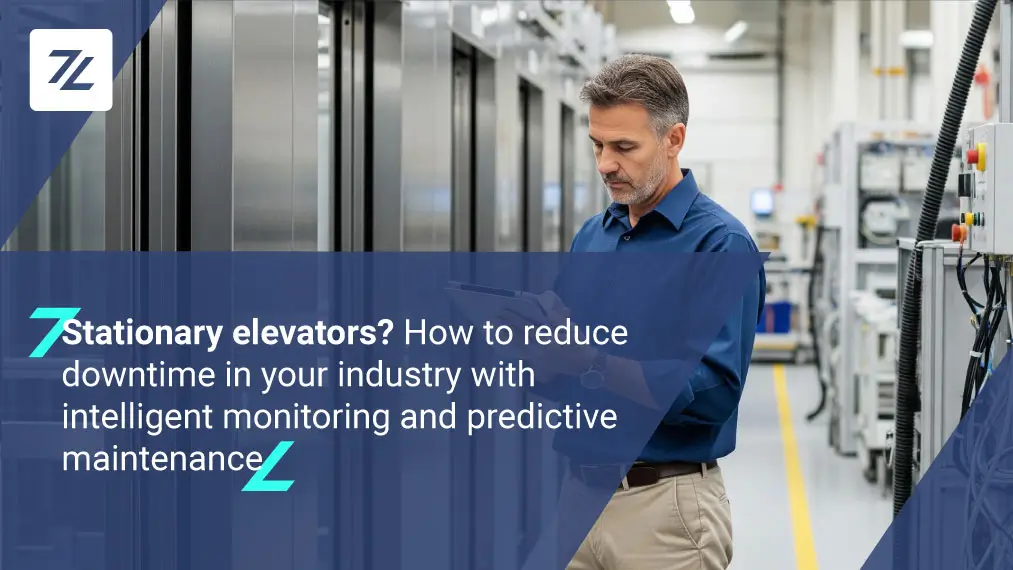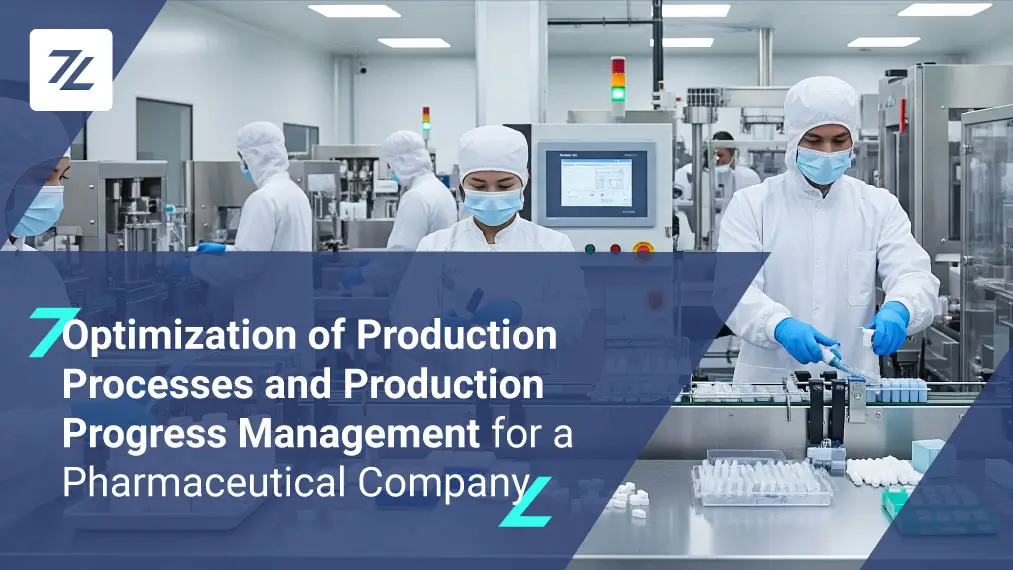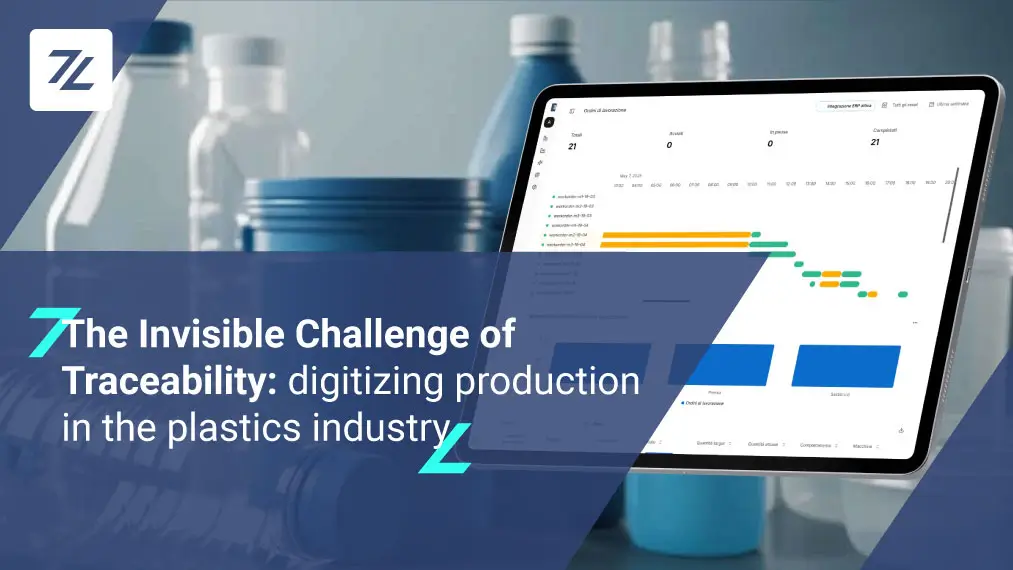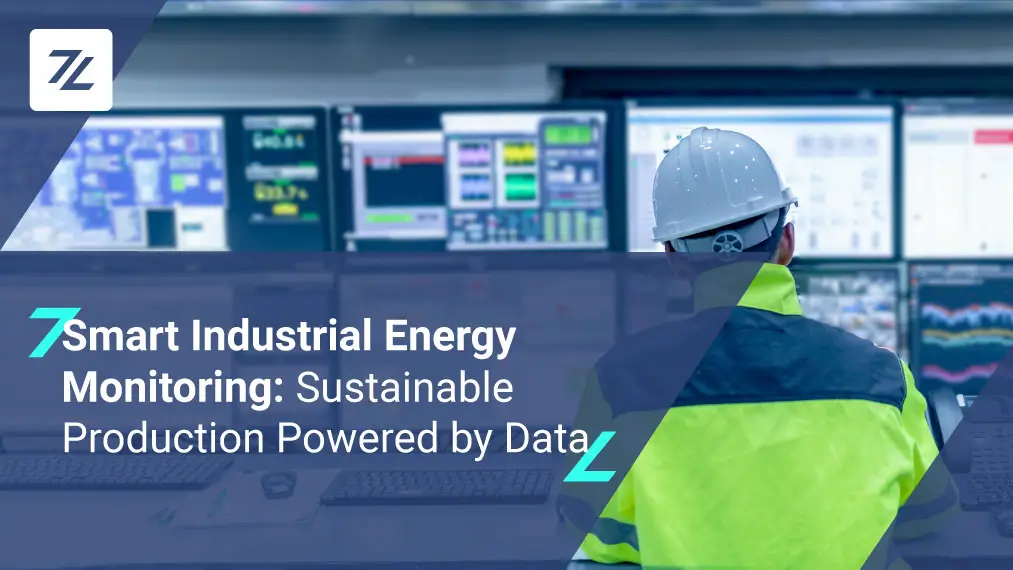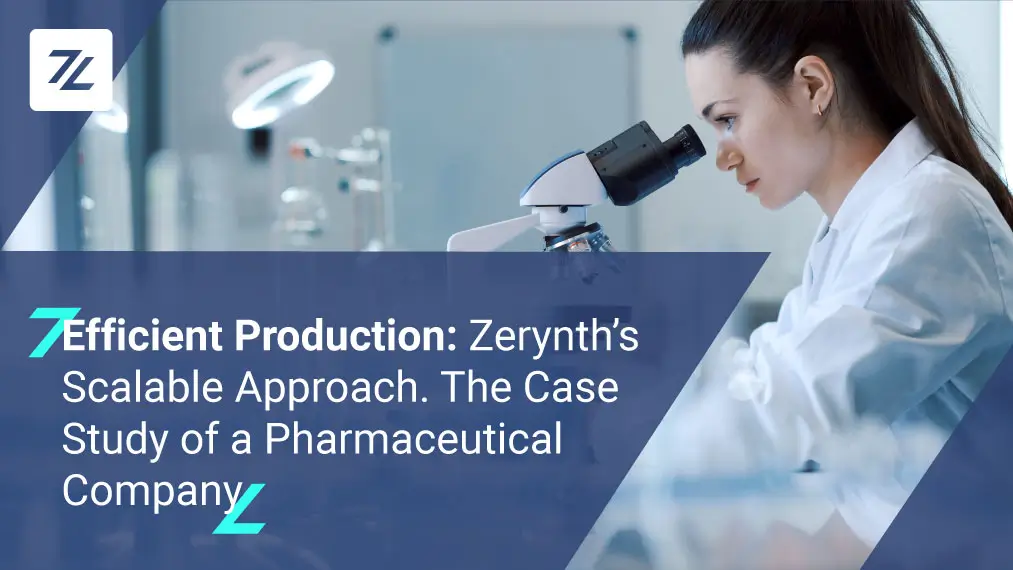It is estimated that almost a third of all food produced for human consumption is wasted globally. This a significant and worrying problem considering that we are still fighting hunger around the world.
So, what can be done to reduce food waste and encourage proper food management? What technologies can we use?
IoT technology already plays a significant role in this. But let’s take a look at more specific examples, like the role of Blockchain in improving supply chain management or how smart farming is used to reduce food waste.
Improved supply chain management thanks to IoT systems
IoT systems are revolutionizing supply chain management, making the process faster, safer, and more efficient. Let’s take a deeper dive into the current situation.
We all saw the worrying meme of pears being produced in Argentina, packaged in Thailand, and sold in the US. The question on everyone’s mind is why resources are being wasted like this, and why aren’t we buying locally? The answer is complex.
Cost-effectiveness
The most basic reason is cost-effectiveness. The cost of labor, infrastructure, and equipment can be significantly lower in certain regions. The same goes for the quantity of produce. For example, Ecuador and Costa Rica have a surplus of bananas, and it’s cheaper to produce them there and send them worldwide than grow them elsewhere. But this approach has also led to much produce being wasted when demand drops.
The second reason is that food production and preservation are specialized in certain regions.
The third reason is that sometimes it’s easier for farmers to produce and ship in bulk than in smaller quantities.
Everything is traceable – thanks to Blockchain
With Blockchain technology, everything is traceable in the supply chain for food – from the farmer to the market to your fridge.
Blockchain IoT technology allows all participants in the supply chain to access real-time data about the product’s location, conditions, and movement.
The most important benefits of Blockchain are:
- Transparency
- Control
- Automation
So how does it work? Blockchain technology offers us a transparent record of all transactions and interactions in the supply chain.
A great example of using Blockchain in the food industry is Walmart. Its system is based on the real-team identification and classification of product waste within the supply chain and food contamination problems. This favors a quick recall of products that can improve transit safety (an in-depth topic within the Zerynth Case Study), thus reducing food spoilage.
Technologies for extending the shelf life of food products
A logical next step in reducing food waste is to use IoT technology to extend the shelf life of food products.
This can be done with various kinds of technologies, but the most notable are:
- Smart packaging
- Smart refrigeration
- Food quality monitoring
Smart packaging
Thanks to the presence of RFID tags, you can access information about the quality conditions, authenticity, and storage of the product to be communicated to the company and consumers. In particular, “active packaging” interacts with the product and aims to reduce waste through:
- The maintenance of quality,
- The increased shelf life,
- The protection from contaminants.
Smart refrigeration
Another intelligent solution to avoid food waste is smart refrigeration.
When IoT technology is enabled for refrigeration systems, it’s easy to monitor the temperature and humidity level and maintain the perfect conditions for longer food preservation. Furthermore, an intelligent refrigeration system can automatically adjust the conditions to ensure optimal conditions.
Remote monitoring is another benefit that IoT technology provides in this sector. For example, this is incredibly useful for remote food storage facilities with refrigeration. Or even in a moving truck. As you can see, IoT systems open a wide range of possibilities.
Just look at Zerynth’s Wi-Ref solution that has allowed Baglioni Srl to monitor the perishability of food and to analyze the data of refrigeration and air conditioning systems to constantly improve energy performance. So, you get double benefits: improved food storage conditions and lower energy costs.
Food quality monitoring
Thanks to IoT systems, it is possible to monitor food quality and avoid human errors, such as checking the correct portioning of products. Or, more importantly, compliance with food storage conditions, like pathogens, gasses, humidity, and temperature.
Smart Farming – optimizing crop yields, reducing food waste
To reduce food waste is necessary to start upstream: in the production phase. That’s why we talk about Smart Farming. What are the examples and benefits of its application?
First, Smart Farming allows you to cross environmental, climate, and cultivation factors. This makes it possible to have shorter production lines improving the sustainability and quality of the products.
It’s necessary to improve the planning of sowing and crop. Decisive steps to create quality products, reduce costs and be more sustainable. Smart Farming increases the quality of products. Quality products mean less waste. Less waste means more sustainability.
Secondly, it’s possible through data analysis to know the occurrence of parasites or bacteria harmful to humans.
In addition, consumers want to know the story of the product they buy. Smart Farming is essential for this.
With IoT technologies, it is also possible to keep energy consumption under control while reducing waste. The result is more economic and environmental sustainability.
Fig. 1 Example of a dashboard in Smart Farming
Zerynth AI and IoT solutions
Zerynth provided an IoT solution for Pierucci Agricoltura to monitor the cultivation of plants remotely. Thanks to Zerynth, they can allow data detection from the irrigation system (as shown in Fig. 1). Pierucci saved 30% of manual control and monitoring time. Read the case study to learn more.
Another reason to adopt innovative farming is that there are some significant initiatives around right now to reduce the amount of food waste. Zero Waste Europe, for example, encourages everyone to rethink how we produce and consume goods.
Share This Story, Choose Your Platform!
Follow Zerynth on
Latest Posts

